The south of Saxony-Anhalt is one of the most beautiful regions not only in the state, but in all of Germany. Picturesque river valleys, a UNESCO World Heritage church, old imperial palaces, beautiful villages and lots of culture – there are many attractions in the Saale-Unstrut region! The vineyards are shaping the landscape that seems almost mediterranean. Wine once came to the Saale-Unstrut region with Benedictine monks. The area was a melting pot in the Middle Ages. Reason enough to start an excursion through Saale-Unstrut and take a closer look at the most beautiful sights in and around Naumburg.
Naumburg – more than just the Cathedral
The most beautiful center and also one of the tourist hotspots of the region is Naumburg already because of its cathedral. The cathedral attracts hundreds of thousands of guests every year. But the city has more to offer than just the Naumburg Cathedral.
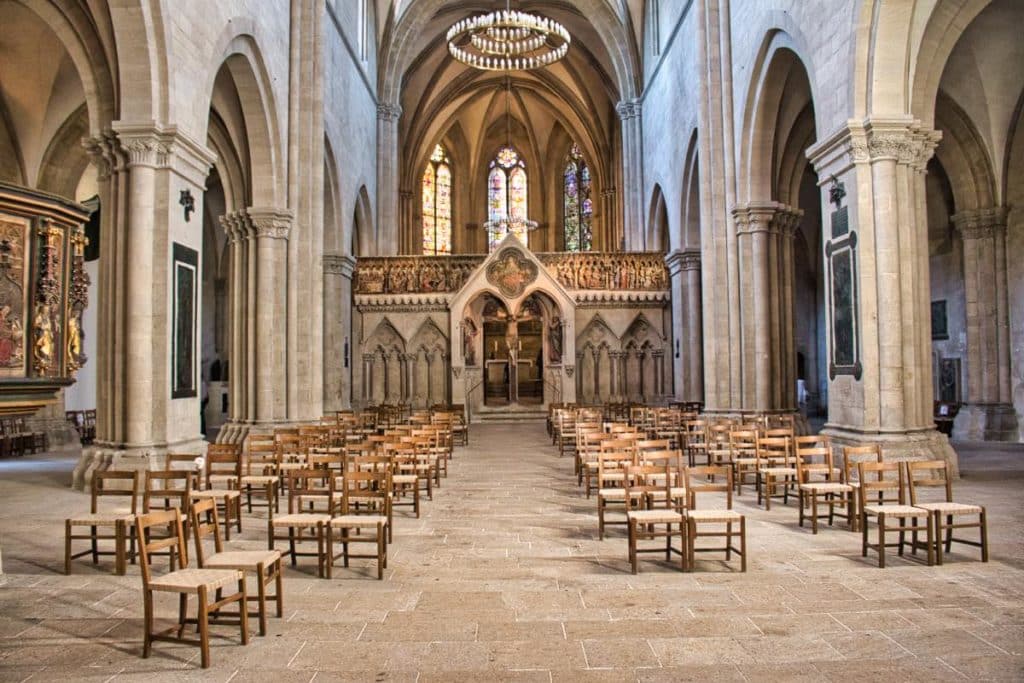
Naumburg Cathedral – UNESCO World Heritage with a graceful woman
The Naumburg Cathedral is undoubtedly one of the most beautiful churches in Europe. This is even the very official opinion of UNESCO, which declared the cathedral a World Heritage Site in 2018. And the history of the cathedral is also unique. Around the year 1200, it is decided: We need a magnificent new cathedral for our diocese of Naumburg. The construction of one of the most beautiful places of worship in the region begins. In the middle of the 13th century, the now world-famous Naumburg Master begins his work here. Among other things, he creates the figure of the cathedral founder Uta von Ballenstedt, who stands as one of the symbolic figures for Germany. The view from the towers is also unique.
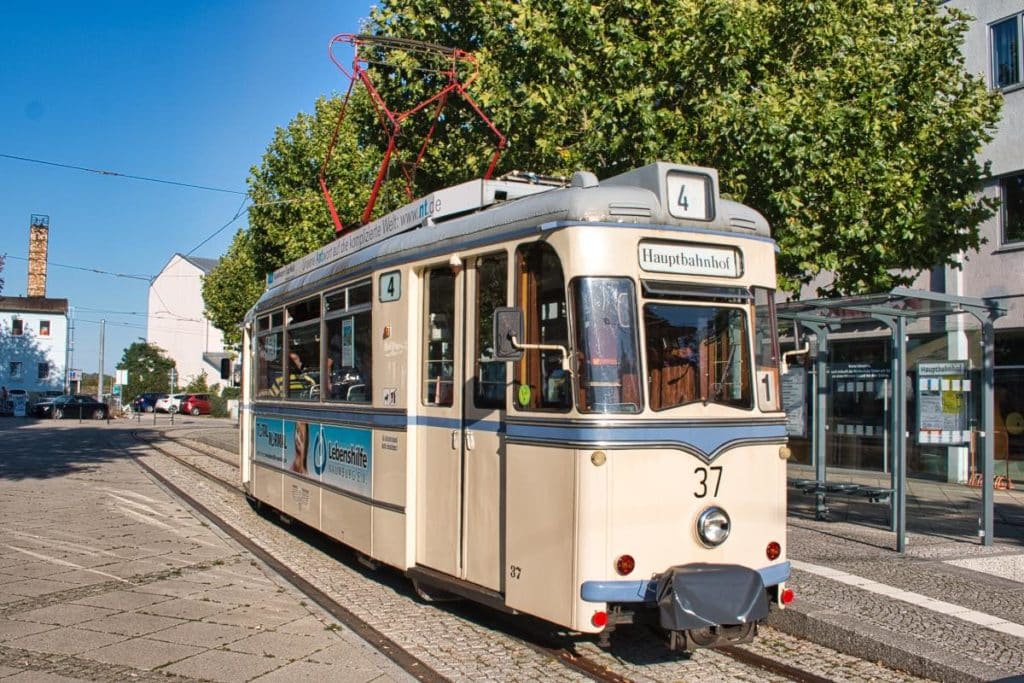
Naumburg Tram – the little one with power
Trams in Naumburg started operating as early as 1892 – albeit with steam at the time. All of its cars, however, are historic. Most of them were built during the GDR era in Werdau in Saxony and later in Gotha in Thuringia. Sometimes, however, even a tram built as early as 1905 in Halle-Ammendorf is used. Today, of course, Germany’s smallest regularly running tram runs electrically. There are only seven stations from the main station to the Salztor. It ran as a ring tram until 1991, but was then initially discontinued. Since 2007 it runs daily again. For only 2 euros, you can take a ride on the historic tram and contribute to its preservation and possible expansion.
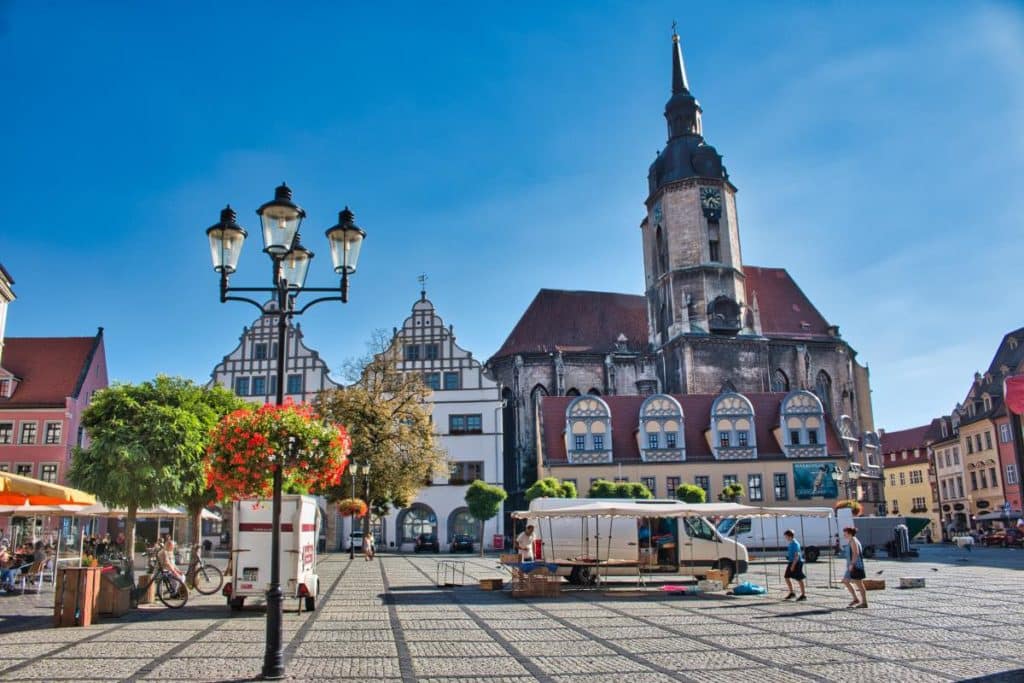
Wenceslas Church – best view on the city with cathedral
Named after the Bohemian Duke Wenceslas, who brought Christianity to the pagan Czechs, the church was probably built in the early 13th century, just like the cathedral. It was the town church for the citizens of Naumburg. In its present form it dates back to the 16th century. Many people visit the church mainly because of the unique view from the tower at a height of 54 meters. Here you can take great photos of the alleys of the old town with the cathedral behind.
In the church itself, in addition to friendly conversations with the volunteers, there is also the altar to see. The organ concerts on the 18th century organ by Zacharias Hildebrandt are also particularly beautiful. Johann Sebastian Bach played on it and produced a report praising the sound of the organ.
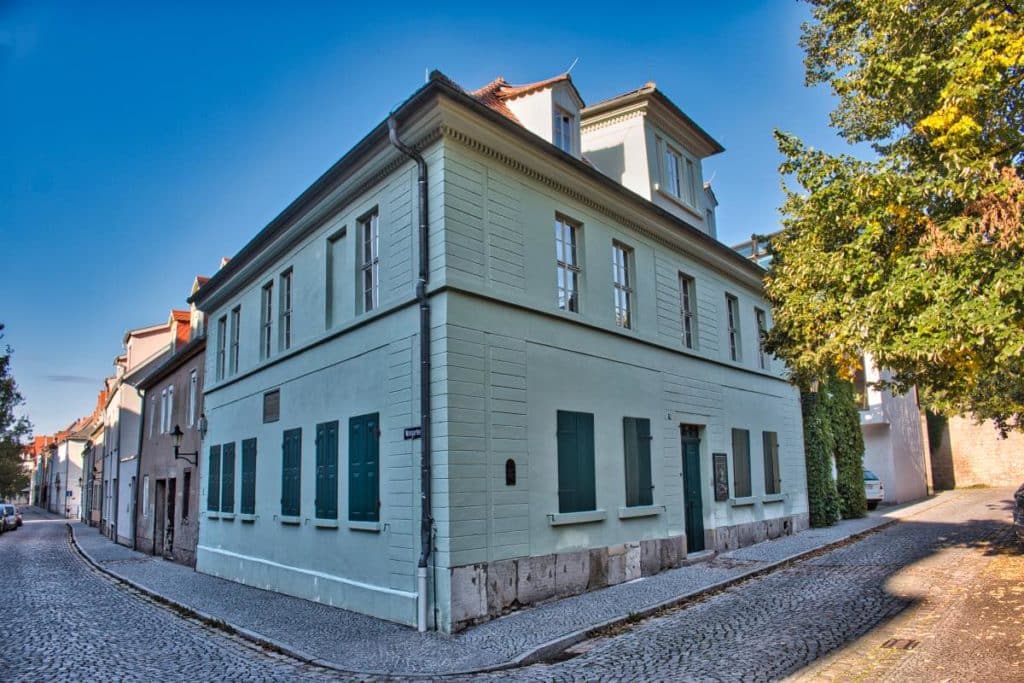
Nietzsche House – Where Nietzsche did not like to stay and yet he is honored
Nietzsche hated Naumburg. He perceived the city as petty bourgeois and hostile to intellectuals. Also, he was not born here. The personal bond never developed and also in later years of his life the connection could hardly get better. It was here, after all, that Nietzsche’s mother Franziska nursed the ailing philosopher until her death in 1897. Here, famous guests were occasionally allowed to visit him and to converse with the thinker who lay somewhere between delirium and dementia – as far as it was still possible. The people of Naumburg, at any rate, do not seem to resent Nietzsche’s dislike. Since 1994, there has been a museum about the philosopher’s life and a library in his mother’s house. In the documentation center next door, researchers are critically examining his work.
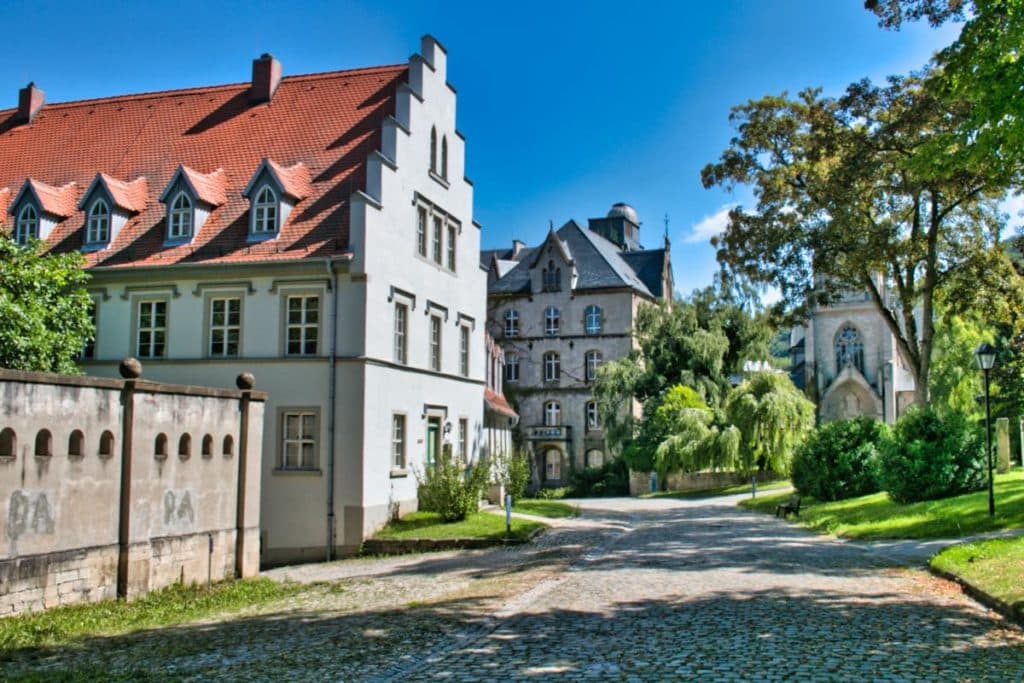
Schulpforte – district with the Pforta Boarding School
The nearby Schulpforte is also associated with the philosopher. He went to boarding school here from 1858 to 1864 and received a broad humanistic education. Founded as early as 1543 in the wake of the dissolution of the local monastery by the Reformation, the Landesschule Pforta is one of the three oldest state schools in Germany. Students are only admitted here with an aptitude test and then spend the weeks here in the boarding school.
The library is one of the most extensive in Germany and houses works from several centuries. The school’s buildings have also often served as a film set, including in “The Pope Joan.”
Freyburg – the miniature epicenter in the Saale-Unstrut region
Freyburg is a town with a lot of sights for its size. Besides the Neuenburg, which is one of the most beautiful castles in Germany, no visit to the Marienkirche should be missed. The small Gothic church has a very special charm. Nevertheless, the city itself is rather known by the most famous sparkling wine in Germany: Rotkäppchen is made from grapes grown in the region and, despite its East German origins, is sold throughout Germany. The Friedrich Ludwig Jahn Museum, with its grave, commemorates the famous father of German gymnastics, who pushed for German unity in the 19th century through nationalist gymnastics clubs. The first German gymnastics hall from this period also commemorates his work.
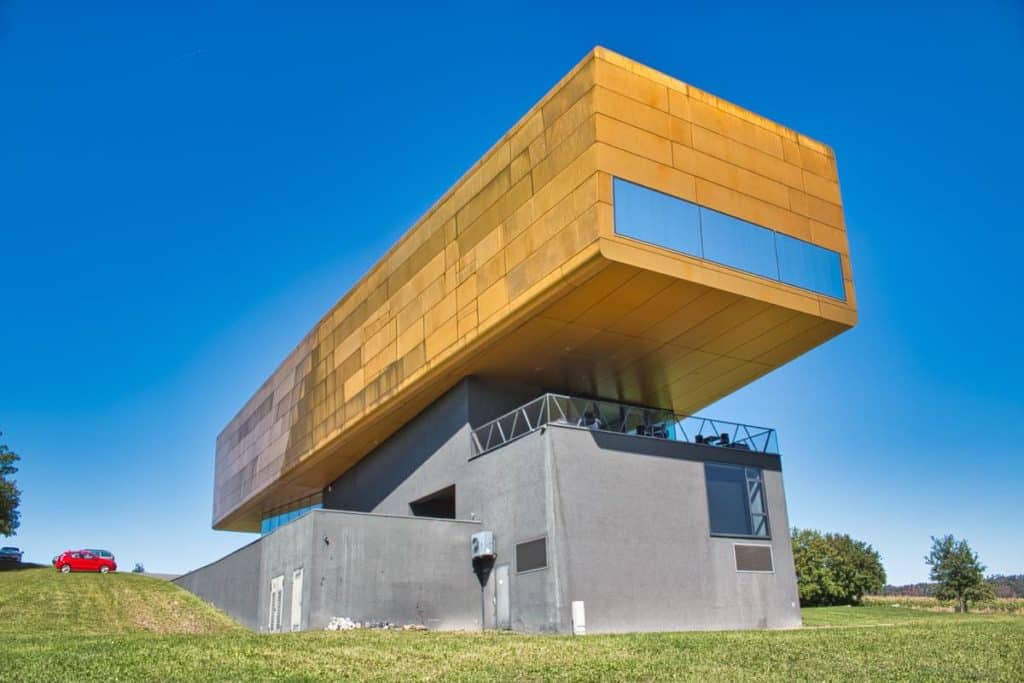
Nebra Ark – The spirit of the sky disc is everywhere
It is 3800 years old and thus one of the oldest representations of the sky. When the Nebra sky disc was discovered, it was considered an archaeological sensation. Even today it is a tourist magnet. The disc also showed that even then there were far-reaching trade relations as far as present-day Great Britain. Much has been reported about the sky disk. And even though the disk itself is exhibited in the State Museum of Prehistory in Halle, Nebra should also have something from the find. That’s why a futuristic new building was erected here, where you can learn more about the history of the Nebra Sky Disk. The unique exhibition brings you closer to the history of the sky disk, its creation and also the find in a playful way.
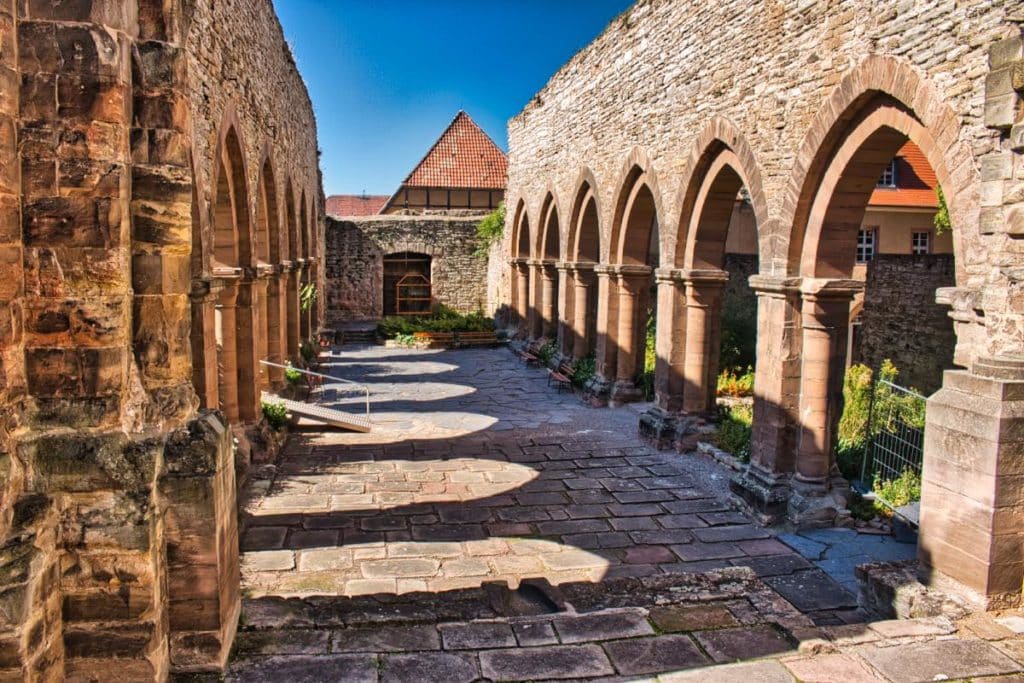
Memleben – imperial metropolis in the middle of nowhere
Today, the town is almost hidden in the middle of nowhere, although Memleben was once an important place. Two German rulers died in the local imperial palace in the 10th century: Heinrich I and Otto the Great. That’s why the Memleben monastery was built here, which you can still visit today. The crypt of the monastery is one of the most beautiful Romanesque buildings in Saxony-Anhalt. And even if the entrance fee of 8 euros is a bit steep, the exhibition is also worth seeing. Here you can learn a lot about life in medieval monasteries: about everyday life, the activities of the monastery, the orders and much more. And also the remains of the monastery ruins are a very nice photo motif.
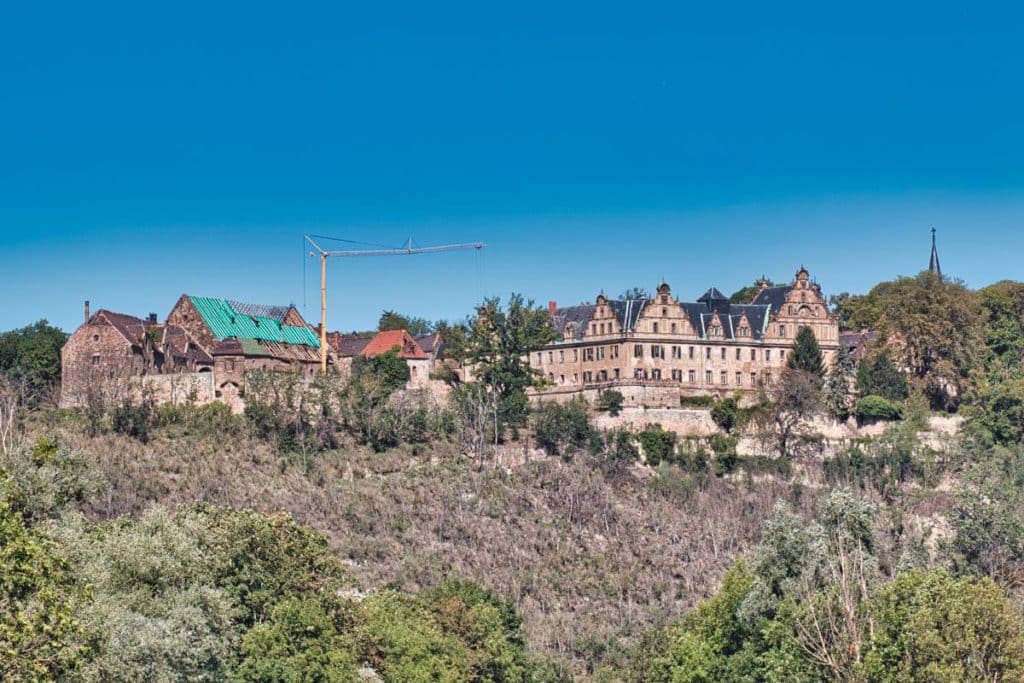
Vitzenburg Castle – former Lost Place with film history
It is an extreme pity, but the castle Vitzenburg is unfortunately rarely to visit. At most on days of the open monument or other similar events you can enter here. Vitzenburg Castle is one of the best Saale-Unstrut sights. Today privately owned, the castle served among other things for the film “Bibi Blocksberg” as a backdrop.
Unfortunately, the owners have kept it rather under lock and key since then, even though renovations are now taking place. What will happen to the castle is uncertain. How we would love to see the castle from the inside.
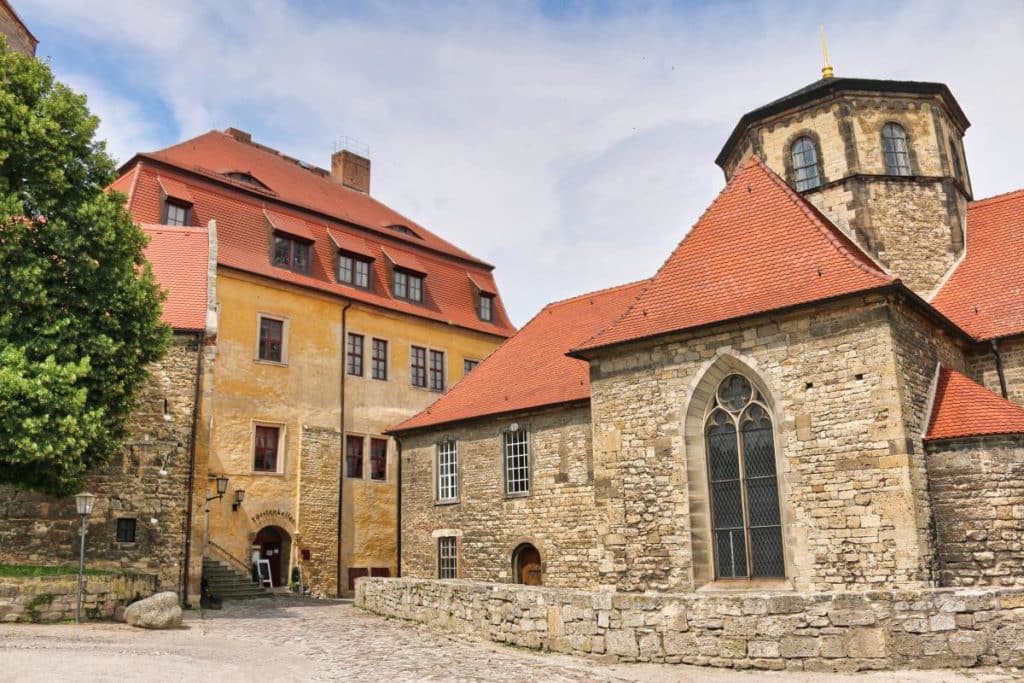
Querfurt Castle – time travel to knights and damsels
Wartburg Castle is an impressive castle, many East German explorers probably think. Querfurt Castle can only laugh at the Wartburg. The Wartburg would fit seven times into Querfurt Castle! So you can see what kind of medieval center we are dealing with here. And indeed, the media industry has also recognized this and often shoots films, series and other TV formats here. Among other things, scenes for “The Pope” and even for “The Medicus” with Ben Kingsley were shot here. So if Hollywood has already discovered Querfurt, you should too. The castle with buildings from many eras will certainly please you!
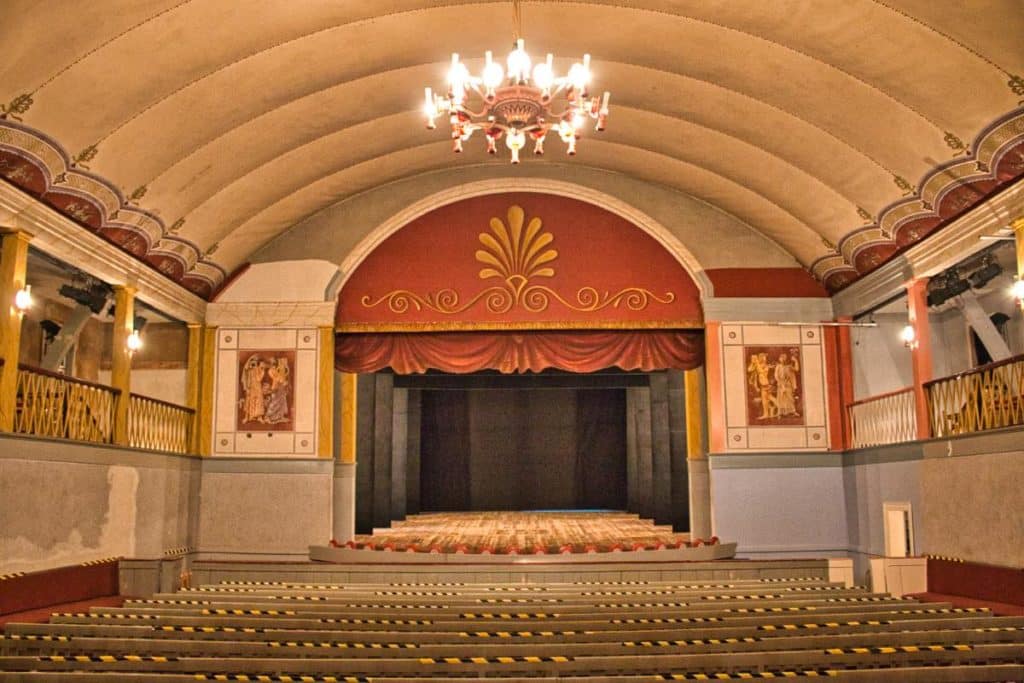
Bad Lauchstädt – Goethe’s garden of pleasure
Lauchstädt – that was once the edge of Saxony. It was only to the town’s advantage that a healing spring was discovered here in the 17th century. The Saxon princes then established health resorts here and frequented the place for a refreshing social life. Goethe also stayed here and saw to the establishment of a court theater. Today’s Goethe Theater has been preserved almost in its original state from the classical period. With the castle and the spa facilities it is wonderfully suitable for a picturesque short visit and an extended walk.
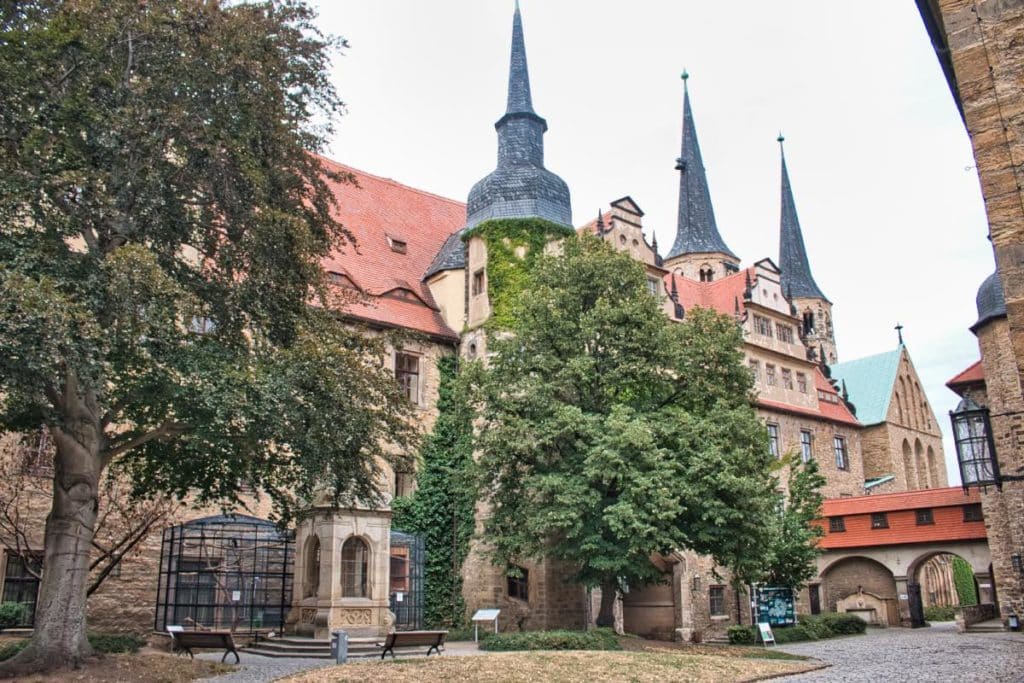
Merseburg – cathedral city in the chemical triangle
Merseburg, like other cities in the region in the past, was itself an imperial palace. But especially the cathedral and the castle determine the history of the city. Merseburg itself has been hit hard. The former center of the Halle-Bitterfeld/Wolfen-Merseburg chemical triangle has lost a third of its inhabitants since reunification. The town had previously been badly destroyed in World War II and rebuilt in the GDR with many prefabricated buildings. The nearby Buna and Leuna chemical plants brought people work, but also a lot of dirt. With the fall of the Berlin Wall, the plants and the town shrank. Today, Merseburg has been nicely renovated and the castle and cathedral are a must-see when visiting the region.
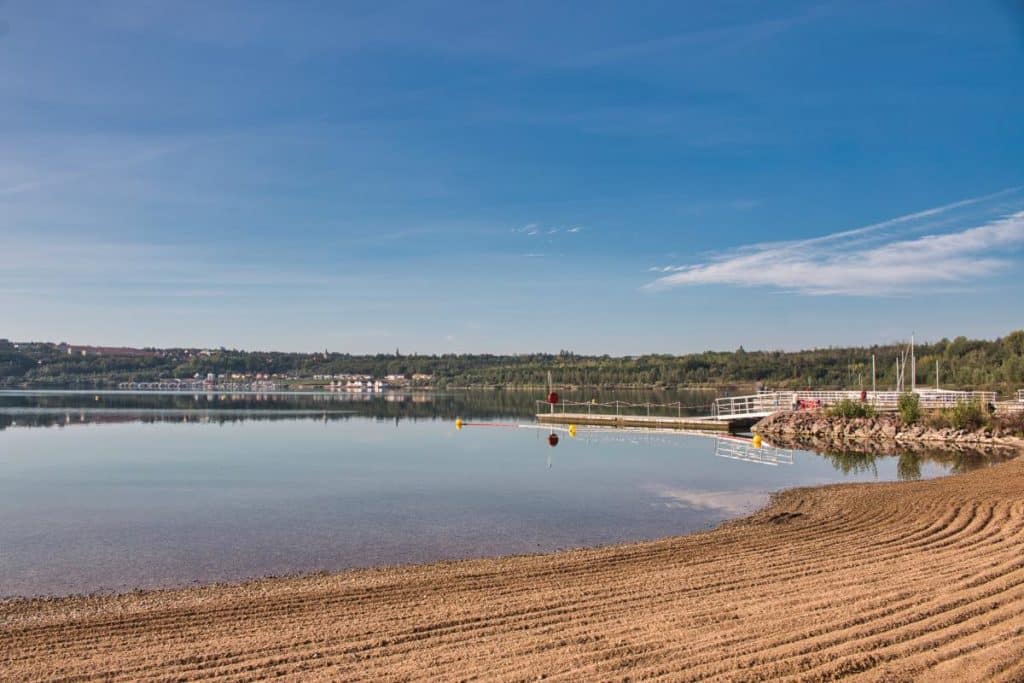
Lake Geiseltal – Swimming in a former mine pit
Where lignite was once mined, bathers line up in summer. The former open pit mine is now a local recreation area and the largest artificial lake in Germany. In the meantime, there is not only a circular path and several bathing beaches. A marina has also been built in Mücheln. A vineyard has been established on the shore and the rare Red Highland Cattle is bred here and the lake becomes more and more a paradise for fishing, because the authorities have released dozens of fish species here. So it’s a great lake for all kinds of sun worshippers.
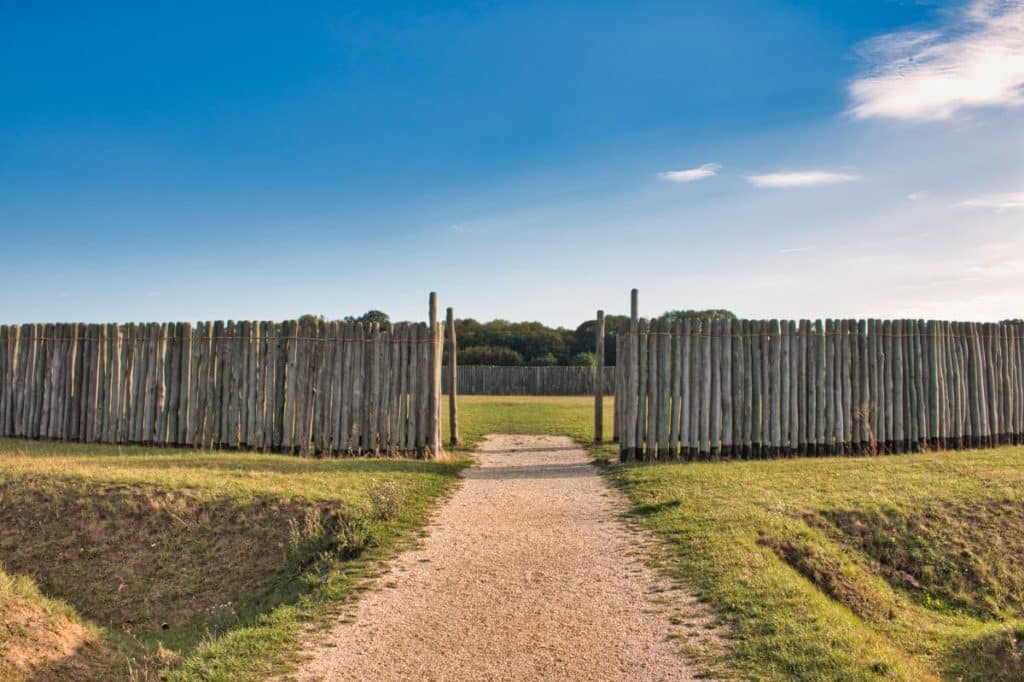
Goseck Solar Observatory
Speaking of the sun. In pre-Christian times, people are said to have observed the sun and probably even worshipped it. That is why the Goseck solar observatory is unique. Several excavations were made in the oldest facility of its kind. In the meantime, an initiative has had the observatory rebuilt. It stands in a field near the small village of Goseck. There are several display boards to see, which tell more about sky observation in the pre-Christian times. Especially as a complement to the Nebra Ark, this is one of the interesting Saale-Unstrut sights.
Accommodation in Naumburg and surroundings
There are many beautiful accommodations, which are located right next to the Saale-Unstrut attractions. We have put together a few recommendations for places that we can recommend for a visit to Naumburg and the surrounding area.
Upscale: If you want to stay upscale and stylish directly in the old town of Naumburg, we can recommend the Gasthof Zufriedenheit*. The accommodation is not exactly cheap but the service and the ambience are right.
Mid price: Alternatively, the Gasthaus & Hotel Zur Henne* is also recommended for the middle budget.
Vacation rentals: If you’d rather stay like locals for a few days and often at a great price, check out available vacation rentals in Naumburg* as well.
Booktips Saxony-Anhalt and Germany
Even if Saxony-Anhalt has been rather neglected so far, there are already some travel guides and books about the region. Here you can find a small overview of a few good titles.
The German Merian has covered Saxony-Anhalt in depth and it’s quite a good brochure to get an overview over this rather unknown German destination. We can therefore recommend it to get a better idea.
There is not much specific literature on Saxony-Anhalt for travlellers in English. This beautiful picture guide gives a nice overview over the area and will help you navigate better in the region.
- Kunde, Claudia (Author)
It is about the Naumburg Master and his work. The rather short book is perfect for getting an insight into his work.
The Rough Guides are always a great alternative to other guide books. The Germany edition is no exception and covers part of Saxony-Anhalt as well.

